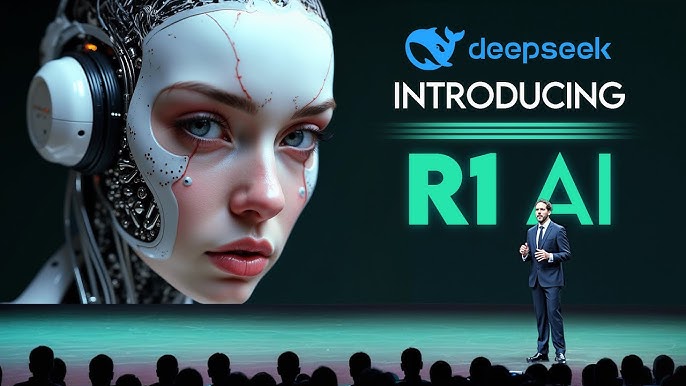
The AI landscape is experiencing a seismic shift with the release of DeepSeek R1, an open-source reasoning model that’s sending shockwaves through the tech industry. Developed by a Chinese AI lab, this model isn’t just another incremental update—it’s a potential game-changer that’s challenging the closed-source AI paradigm.
What Makes DeepSeek R1 So Special?
Unlike traditional AI models that rely on supervised fine-tuning, DeepSeek R1 uses a groundbreaking approach called direct reinforcement learning. Imagine an AI that learns by essentially teaching itself, without being spoon-fed solutions. It’s like watching a child solve a puzzle through pure trial and error, gradually refining its approach.
Benchmark-Breaking Performance
The numbers are impressive:
- Matches or outperforms OpenAI’s 01 model in several key benchmarks
- Excels in math and software engineering challenges
- Available at a fraction of the cost of existing frontier models
Open-Source: A Revolutionary Concept
What sets DeepSeek R1 apart is its commitment to true openness. With an MIT license, this model can be:
- Used freely and commercially
- Run locally on personal hardware
- Modified and fine-tuned by developers worldwide
Industry experts are taking notice. Dr. Jim Fan from NVIDIA called it “truly open frontier research that empowers all,” highlighting its potential to democratize advanced AI technology.
Performance That Speaks Volumes
The model’s capabilities are turning heads:
- Outperforms GPT-4 and Claude 3.5 Sonnet on math benchmarks
- Achieves 57% on advanced coding polyglot benchmarks
- Offers versions from 1.5B to 671B parameters to suit different use cases
The Economic Implications
As reasoning becomes more accessible, we’re witnessing the commoditization of AI intelligence. Emad Mostaque, founder of Stability AI, suggests this could require a fundamental reimagining of our economic frameworks.
Potential Limitations and Considerations
While groundbreaking, DeepSeek R1 isn’t without nuance:
- As a Chinese model, it may have built-in censorship
- Open-source nature means it can be modified to remove such limitations
- Performance can vary across different tasks and use cases
The Broader Context
This release isn’t just about one model—it represents a broader trend towards open-source AI development. Experts predict we might see 03-level open-source models by mid to late 2025.
Key Takeaways for Tech Enthusiasts and Developers
- Explore local AI capabilities
- Experiment with open-source models
- Stay informed about rapid AI advancements
Conclusion
DeepSeek R1 isn’t just another AI model—it’s a statement. It challenges the closed-source monopoly, democratizes advanced reasoning technology, and opens up possibilities we’re only beginning to imagine.
The future of AI isn’t being written in closed boardrooms, but in open-source repositories accessible to anyone with curiosity and creativity.
Stay curious. Stay open-minded. The AI revolution is just getting started.
